Contemporary review originally published in Corridor Today February 12, 1988
Okay, Nissan, we’re on to you. This isn’t a car. It is really the world’s largest boombox. You know, one of those huge radios kids carry around, some of them in electric colors and pop styling (both the kids and radios). Otherwise how you explain the biggest speakers since Tip O’Niel met a mirror? Or sound system that comes at you in more directions than the Democratic presidential primary campaign with more volume than a space shuttle at lift off, and more controls than a combination microwave obven–VHS camcorder? In fact, would be easy to dismiss this as just so much automotive fluff.
The only problem with this assessment is that the Pulsar NX SE Sportbak is such a good little car. It’s fun to drive, has outstanding performance and superb handling, and neat and original features.
The Pulsar is Nissan’s sportyu compact that was completely redesigned for 1987 with lines that its predecessor and an unusual notcjhback-shaped rear hatch. Nissan test marketed a rear hatch shaped like a station wagon in only three cities in 1987. It must have passed the test. The Spoprtbak is available nationwide for 1988.
Very appropriately, Nissan calls pulsar a two-seater with occasional rear seats that fold up out of the rear areas. The rear seats themselves aren’t bad, although there’s room for only, the rear leg room in minimal, at least would front seats back. The front seats are buckets with really big bolsters on the sides of seat and seatback. They make getting in the car a little harder—though roofline doesn’t help you—but it’s worth it once you’re there.
The SE Sportbak (with five-speed) lists for $13,549, with air and delivery adding $735 and $200 respectively. The SE with standard hatch starts at $12,999. The XE is $11,649 for the standard hatch and with $12,199 for the Sportbak.
Most people will look at the Nissan Pulsar NX Sportbak SE and see the highly-styled, four-wheel boombox. And as much as the car is styled for the “youth market,” they’ll be missing best part. It is really a sports car in disguise
Seating is noticeably low, lower than the typical sedan, and Nissan hads givrn the driver a very cockpit-like environment with deeply hooded white-on-black instruments: a 7000 rpm tachometer and 125 mph speedometer. Choices in ventilation include floor, mid-level and defrost, and the midlevel includes pop-out vents in the doors and defrost has a slot along the bottom of the side window. Not only can you select any single venmtilation position by itself, every combination and permutation can also be selected through a lever on the dash. Choose the pictograph of your choice.
The view to the rear of the Sportbak isn’t as bad as one might expect except when it’s wet out. The Sportbak succumbs to the station wagon syndrome and quickly mists over from the outside. A wiper would be a welcome option.
The clutch is light, and the erngine, at least double overhead cam i.8-liter of the SE version that I drove, feels free and zingy. euros threeIt’s a technological marvel with multi-point fuel injection with an ignition coil at each spark plug that not only eliminates high tension leads, but also allows more precise spark timing.
Rated at 125 bhp, this for valve per cylinder four is a worthwhile option over the standard 69 bhp engine is the XE model. It doesn’t seem to make real power until about 4000 rpm where it really comes on strong. Below that feels a little weak, so you will have to work the shift lever to get the most out of it. But wing it that much and you will probably draw more attention to yourself than you want. Think of it as a sports car and you won’t be disappointed..
On the other hand, if sporty looks are most are more important than performance, go with the standard engine. This 1.6 L single overhead cam unit has EPA rated fuel economy of 26 city/34 highway with the slick five-speed manual,, better than the 23/29 of the bigger engine (unlimited premium recommended). A three-speed automatic on the XE drops fuel mileage to 25/30 or a four-speed automatic (yes, you read that right) is a $715 option on the SE that gives fuel mileage of 21/28.
The SE comes with 195/60R14 tires on unidirectional 6.0Jx14 alloy wheels while the XE makes do with 185/70R13 all-season radials on five-inch wide rims.
The Pulsar NX, though built in Japan, is the design of Nissan Design international Inc. in San Diego. It is what Nissan calls a modular concept. In addition to T-top panels which can be removed and stored in a compartment beneath the rear deck, the hatch also comes off. That, however, requires unbolting the hatch and takes two people to lift off. To keep everyting legal, there’s a second high-mounted brake light (in addition to the one on the hatch) that works only when ther hatch is off (or up). The Sportbak’s hatch color is silver regardless of the color of the rest of the car and the any unusually shaped windows. Whether you need the carrying space of the Sportbak is your decision, but at least until there’s more on the road, you will be the center of attention when you drive it. Case in point. The driver of the Suzuki Samurai, the current “Pet Rock” of the automotive world, gave me a thumbs up. ‘Nuff said.
A station wagon, or in the case of the Nissan Pulsar Sportbak, what might better be called a sport wagon, is something everybody says they want. Alas, they must want one for someone else. The standard Pulsar was an ’80s Japanese hatchback, not at all a bad thing, but the optional Sportbak roof was different and attracted attention, all in a positive way, but unfortunately not buyers. The Sportbak was shortlived, offered in the U.S. only for the 1987 and 1988 model year.








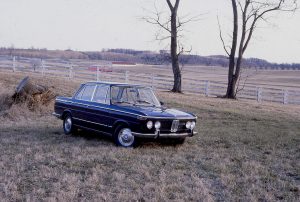
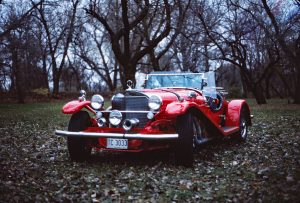
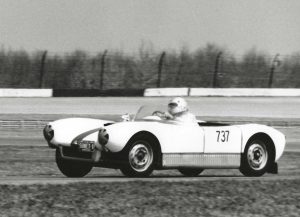
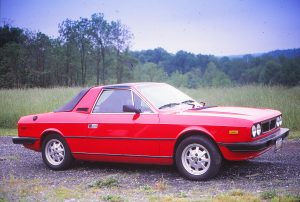
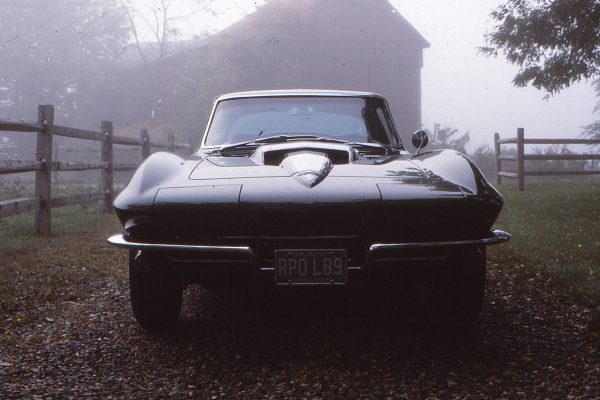
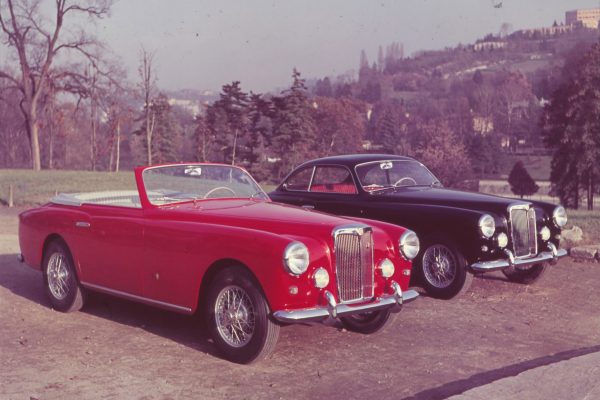
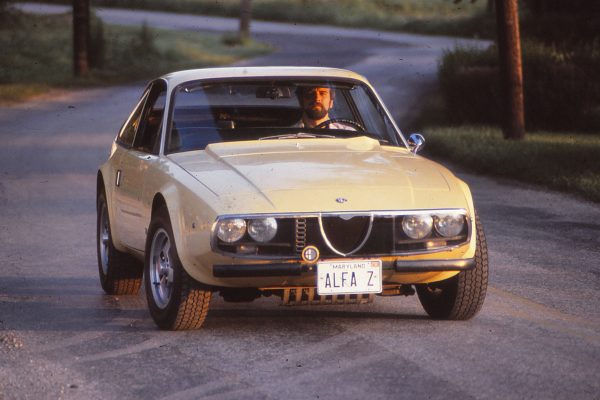
What Do You Think?
You must be logged in to post a comment.